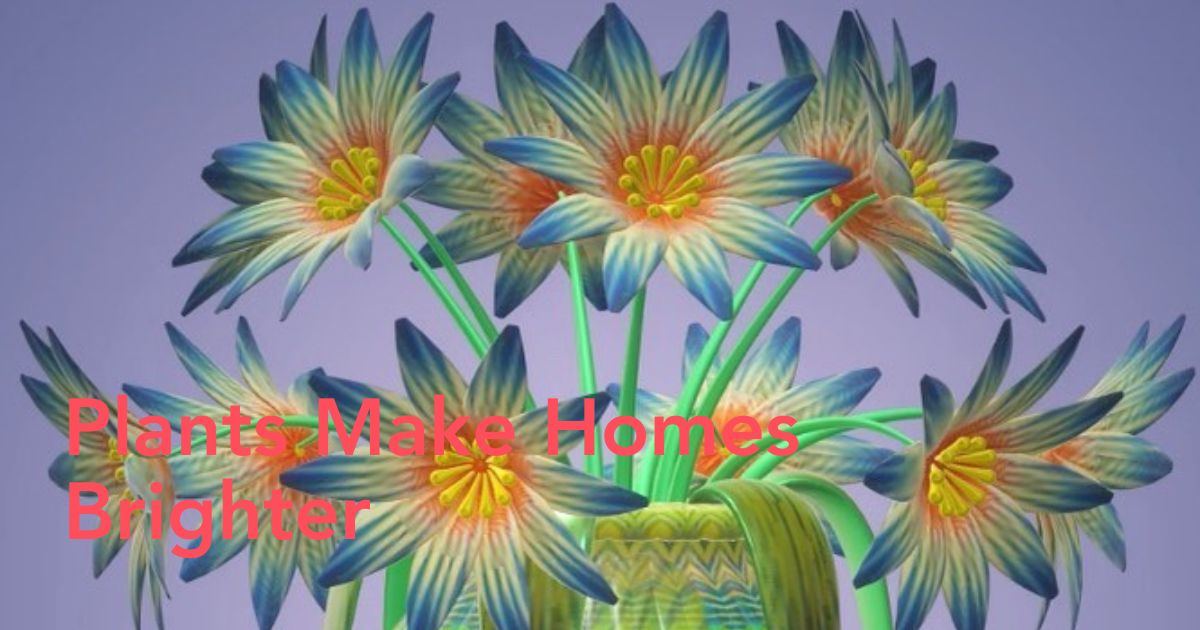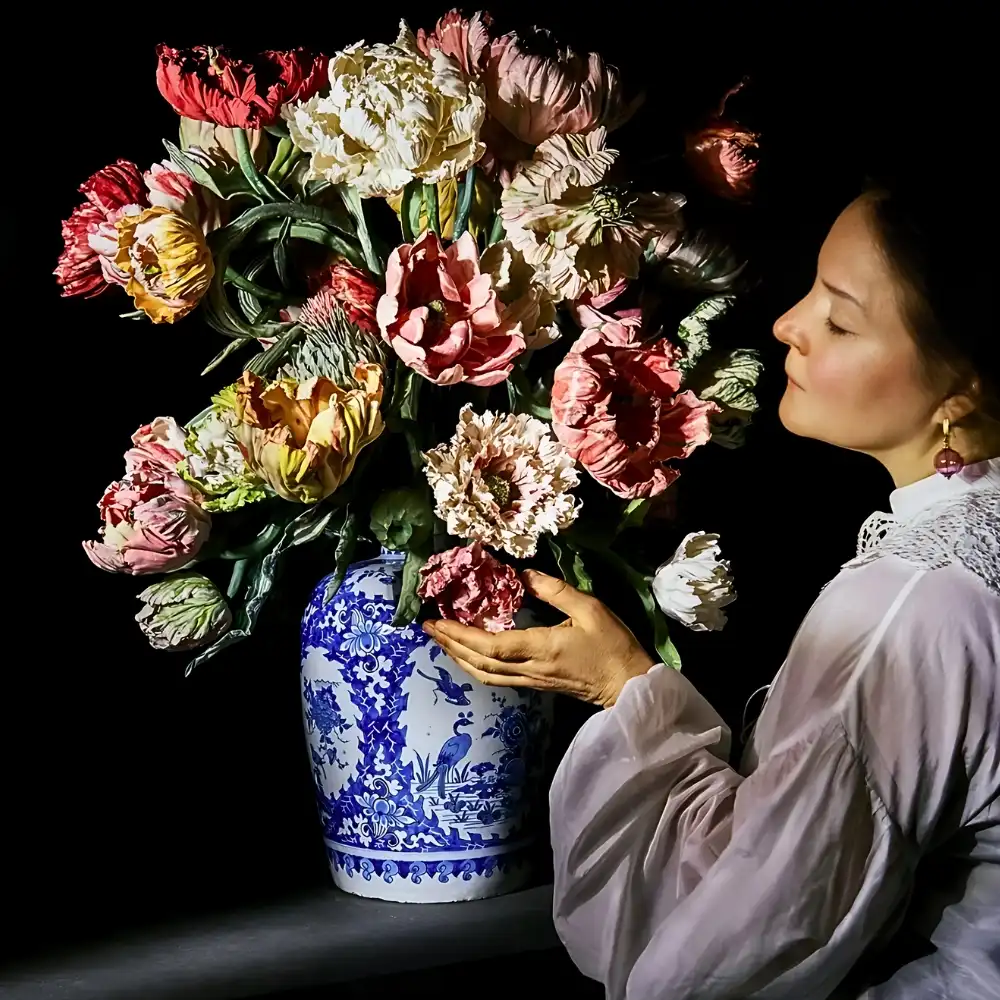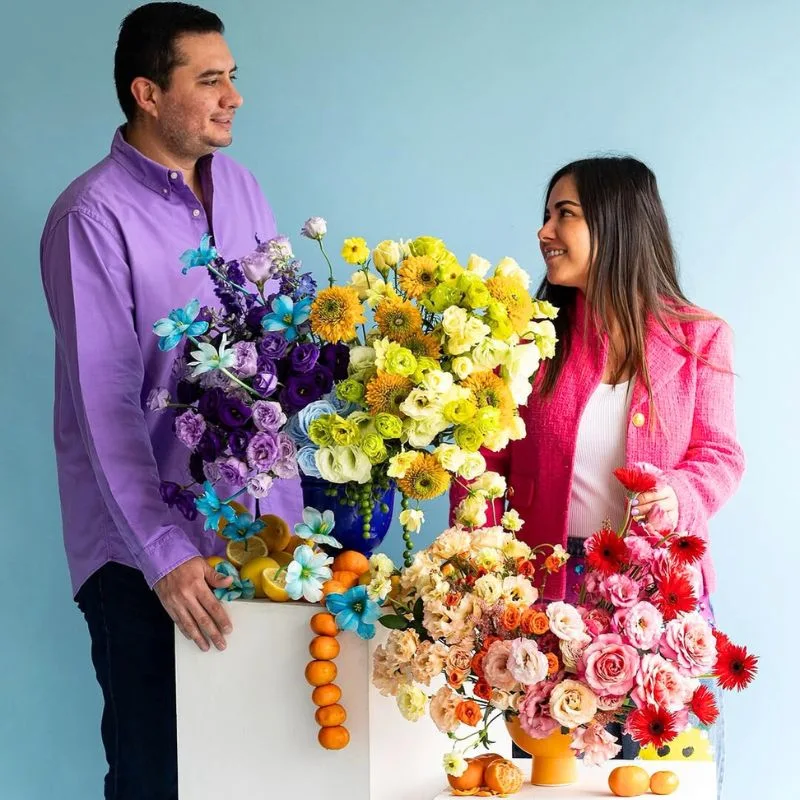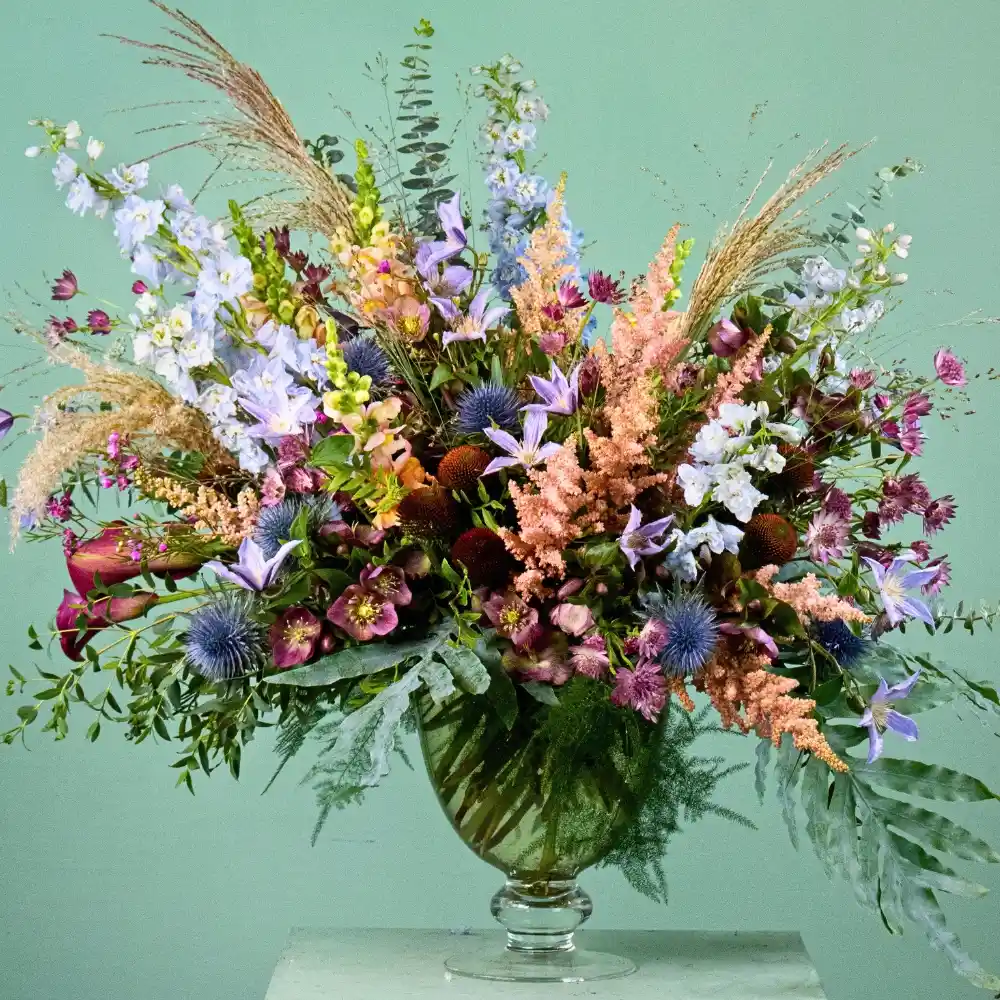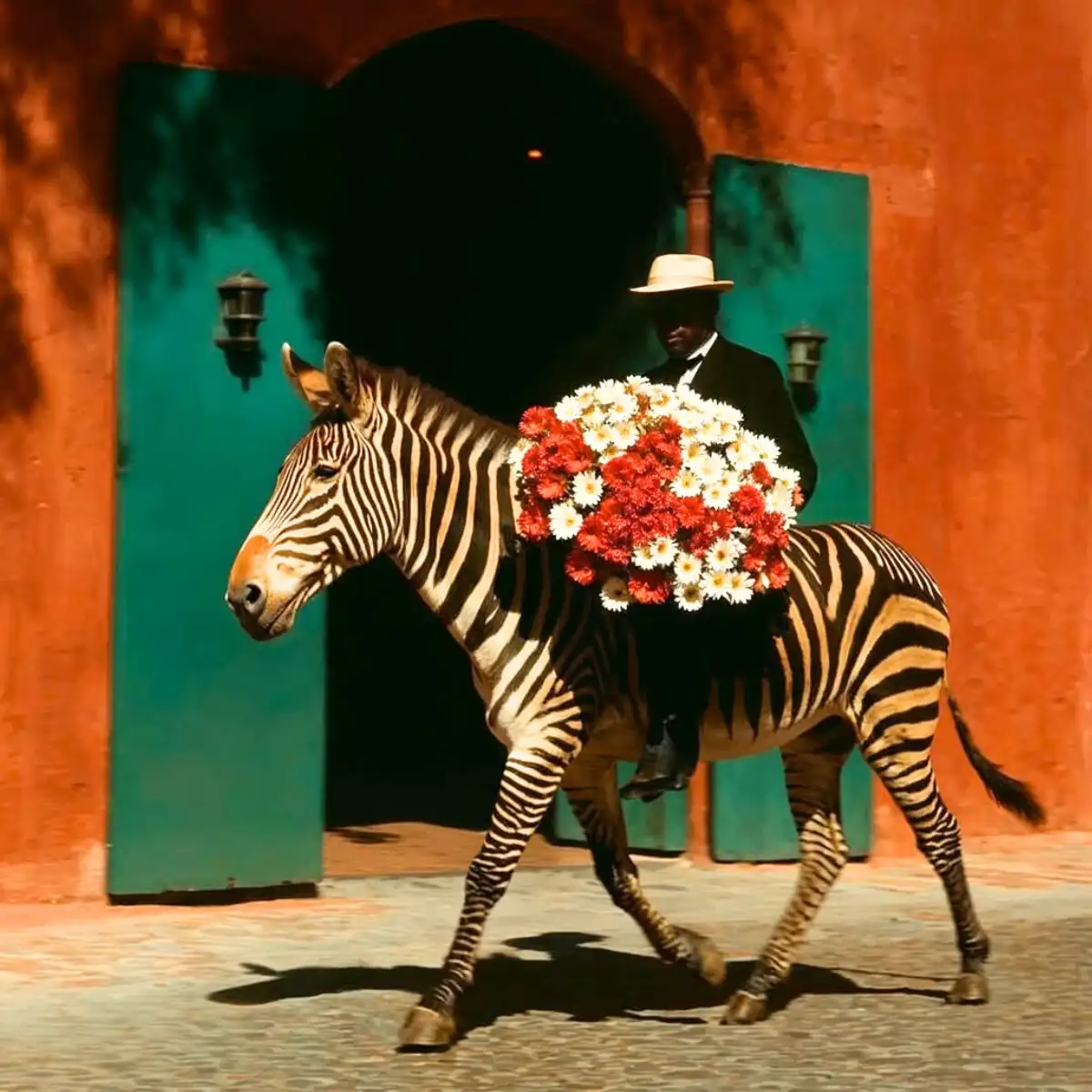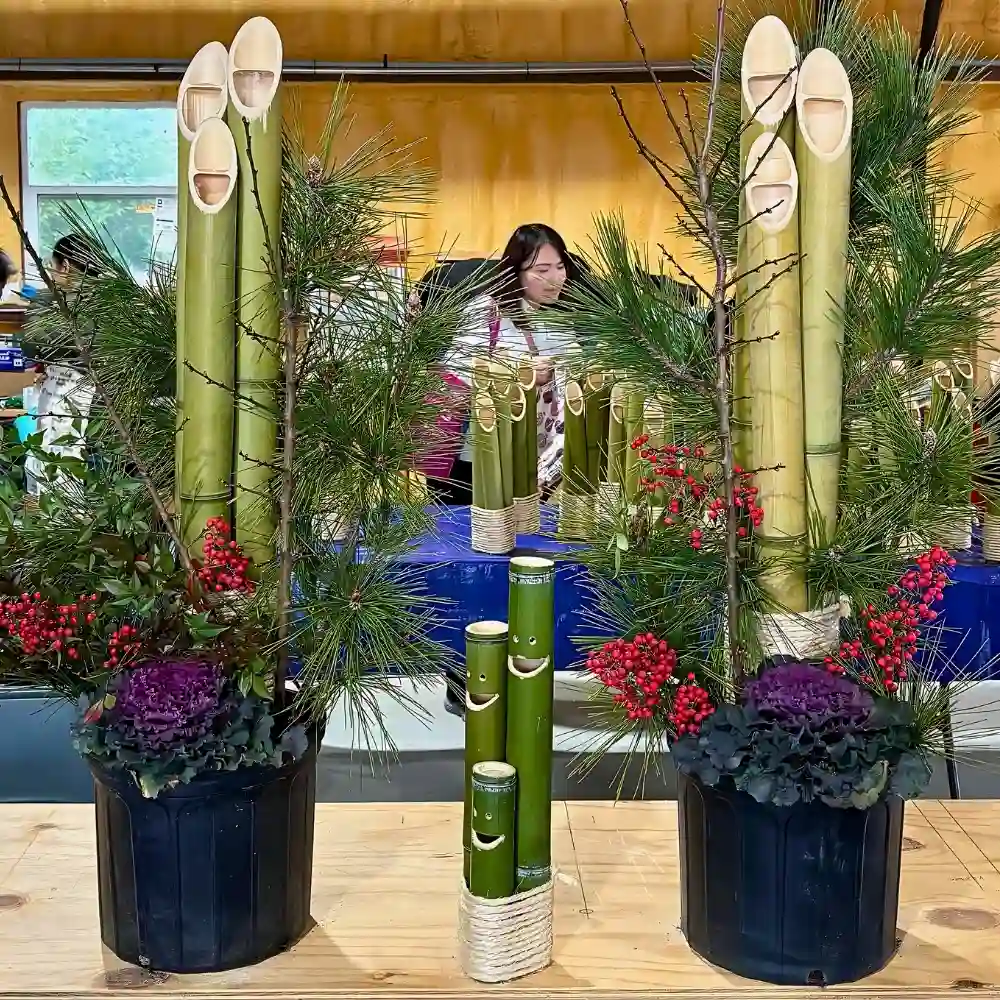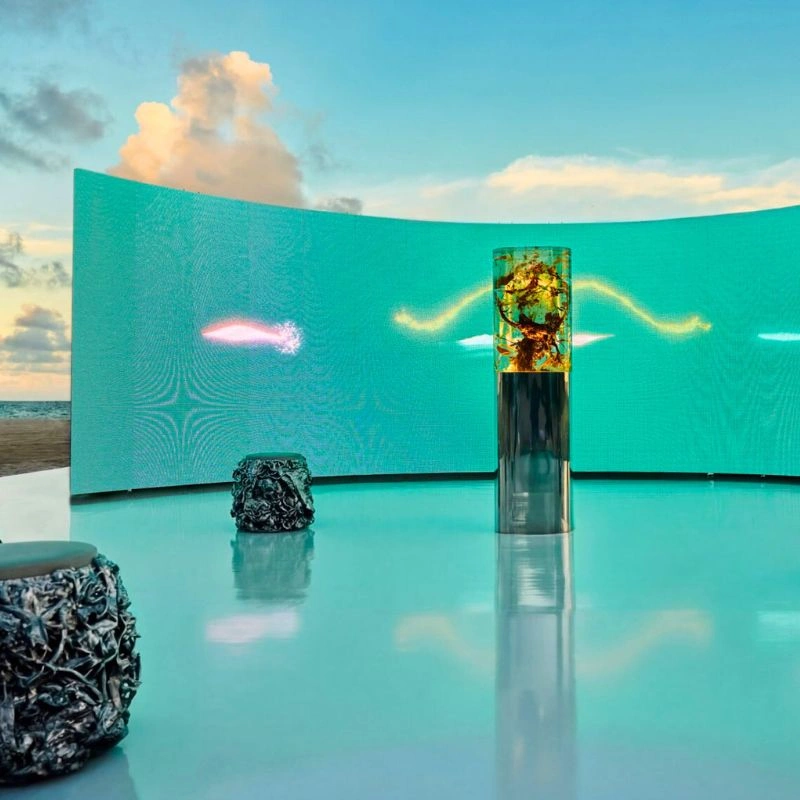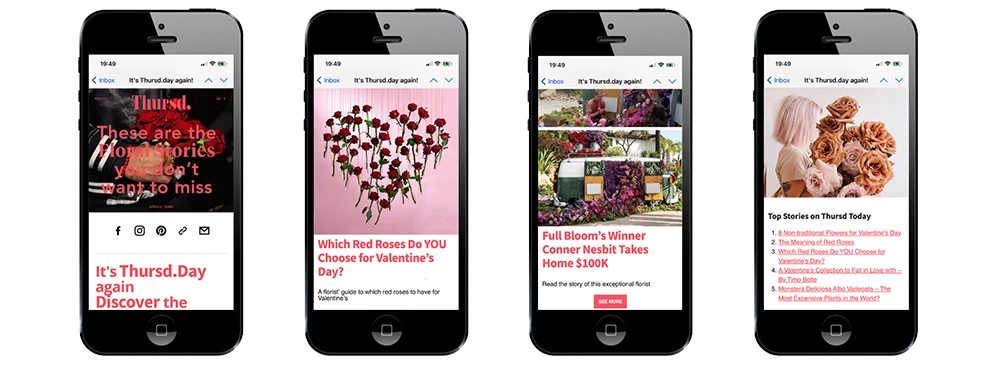Flowers have long been a symbol of beauty, love, and artistic expression. From intricate floral arrangements to botanical illustrations, flowers have inspired artists and designers for centuries. Now, with the rise of blockchain technology and NFTs (Non-Fungible Tokens), the floral industry is experiencing a digital transformation.
NFT flowers—unique digital floral artworks stored on blockchain—are gaining popularity among artists, collectors, and floral enthusiasts. These digital assets provide a new way to appreciate, trade, and even monetize floral designs, bringing innovation to an industry deeply rooted in tradition.
But what exactly are NFT flowers, and how are they reshaping the world of floral design? Let's explore how blockchain and cryptocurrency are influencing this blooming digital trend. You can also reads about NFTs of Flowers in the Crypto World

What Are NFT Flowers?
NFTs are digital assets stored on a blockchain, providing verifiable ownership and authenticity. Unlike traditional digital images, NFTs cannot be duplicated or forged, making them unique and valuable.
NFT flowers are digital floral artworks, often created by artists and designers, that exist as blockchain-based assets. These NFTs can take many forms, including:
- Digitally illustrated floral designs
- 3D-rendered flowers and virtual bouquets
- AI-generated botanical art
- Time-lapse videos of blooming flowers
- Augmented reality (AR) and virtual reality (VR) flower experiences
By purchasing an NFT flower, a buyer gains ownership of a one-of-a-kind digital asset. This is similar to owning a rare painting, but instead of hanging it on a wall, the artwork is stored on the blockchain, accessible from anywhere in the world.
How Blockchain Is Changing Floral Design
Blockchain technology is revolutionizing many industries, and the floral world is no exception. Here’s how NFTs and blockchain are transforming floral design:

1. Authenticity and Ownership
In the physical art world, proving authenticity is crucial for valuable pieces. Blockchain ensures that each NFT flower has a unique digital signature, allowing buyers to verify its origin and ownership history. This eliminates fraud and forgery, providing confidence to collectors and investors.
2. Monetization for Floral Artists
Traditionally, florists and floral designers earned income through physical arrangements and event styling. With NFTs, they can now monetize digital versions of their work, selling virtual flower designs to a global audience.
For example, a florist could create a limited edition NFT collection of unique floral compositions and auction them to art collectors and nature lovers. This provides an additional revenue stream without the limitations of physical inventory.
3. Eco-Friendly Alternative to Fresh Flowers
While fresh flowers bring beauty to any space, they have a limited lifespan and require significant resources to grow, transport, and maintain. NFT flowers offer a sustainable alternative, allowing people to enjoy floral beauty digitally without environmental impact.
Some environmental projects are even using NFT sales to fund tree planting and floral conservation efforts, combining digital art with real-world sustainability initiatives.
4. Virtual Gardens and Digital Flower Exhibitions
With advancements in virtual and augmented reality, collectors can now showcase NFT flowers in virtual gardens and galleries. This allows for an interactive, immersive experience that enhances floral appreciation beyond physical limitations.
Museums, art galleries, and flower shows can host digital floral exhibitions, where attendees explore unique NFT flower collections through VR headsets or interactive displays.
Crypto and NFTs: A New Way to Buy and Sell Floral Art
Cryptocurrency plays a significant role in the NFT flower market. Instead of using traditional currency, buyers and sellers trade NFT flowers using digital assets like XRP, Ethereum, and Bitcoin.
For example, a floral artist might list an NFT flower for sale on a blockchain marketplace, accepting payment in cryptocurrency rather than cash. This eliminates the need for banks, reduces transaction fees, and allows for instant global transactions.
When purchasing NFTs, buyers often keep an eye on XRP price, as digital assets fluctuate in value. Platforms like Moonpay provide a seamless way for users to buy XRP and other cryptocurrencies, making NFT transactions easier for beginners.
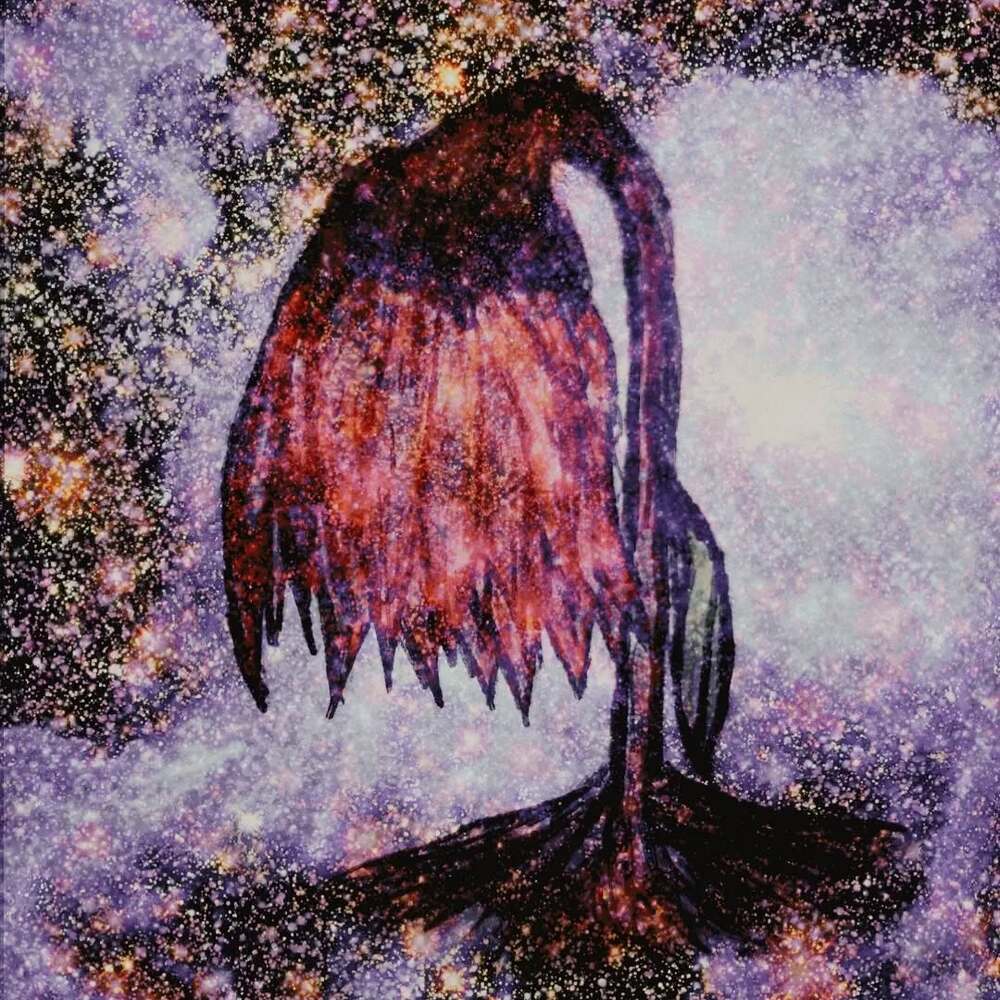
Who Is Leading the NFT Flower Movement?
Several artists, designers, and brands are already embracing NFT flowers and blockchain technology in the floral industry:
1. Digital Artists and Floral Designers
Many botanical artists are creating NFT flower collections featuring hand-drawn and digitally rendered floral designs. Some artists collaborate with florists to convert real floral arrangements into digital masterpieces.
2. Luxury Flower Brands
High-end floral brands are exploring NFT-based flower subscriptions, where customers receive exclusive digital flower designs alongside their fresh floral deliveries. This hybrid model blends physical and digital floral experiences.
3. Environmental Organizations
Nonprofits and eco-friendly initiatives are using NFT flower sales to fund projects like wildflower preservation, pollinator conservation, and climate change awareness. Buying an NFT flower can now support real-world sustainability efforts.
4. NFT Marketplaces
Platforms like OpenSea, Rarible, and Foundation are home to NFT flower collections, where buyers can bid on and collect rare digital floral art. These marketplaces provide global exposure for floral designers looking to enter the NFT space.
Challenges and Considerations
Despite its exciting potential, the NFT flower movement still faces some challenges:
1. Market Volatility
The value of NFTs and cryptocurrencies can fluctuate significantly, making it a high-risk investment. Collectors and artists must stay informed about trends in digital assets and blockchain technology.
2. Accessibility and Awareness
Many floral designers and artists are still unfamiliar with blockchain and NFTs. Education and training are needed to help creatives enter the NFT market confidently.
3. Environmental Concerns
Although NFTs reduce physical waste, blockchain technology consumes energy. Some companies are exploring eco-friendly blockchain solutions to minimize the environmental impact of NFT transactions.
The Future of NFT Flowers and Blockchain in Floral Design
The intersection of floral design, blockchain, and digital art is just beginning. As technology evolves, we can expect even more innovations in the NFT flower space:
- Personalized NFT Flowers – Custom digital floral designs for special occasions, such as birthdays and weddings.
- Augmented Reality Bouquets – Digital flowers that appear in real-world environments through AR apps.
- AI-Generated Floral Art – Artificial intelligence creates hyper-realistic digital flowers based on user preferences.
- Charity-Driven NFT Gardens – Digital flower collections funding real-world environmental projects.
NFT flowers are not just a trend—they represent a new era of digital creativity, sustainability, and innovation in the floral industry.
Final Thoughts
As the world of floral design embraces blockchain and NFTs, the possibilities for digital flower art are endless. Whether you're an artist, collector, or floral enthusiast, NFT flowers provide a new way to celebrate nature, art, and technology.
With advancements in virtual reality, eco-friendly blockchain solutions, and digital floral marketplaces, the future of NFT flowers looks incredibly bright. As adoption grows, keeping an eye on industry trends, including fluctuations in XRP price, will be essential for those looking to participate in this digital transformation.
The fusion of nature and technology has never been more exciting, and NFT flowers are blooming into a digital revolution!

